After making the big decision about where to attend school, students shift their focus toward a major or degree. But mapping out a path to graduate on time requires just as much attention – if not more.
Continue readingThe Higher Education Accreditation Guide for Small and Mid-Sized Schools
Higher education accreditation is key for reputation, recruiting, and receiving federal and state financial aid. A student information system can help manage the process.
Continue readingAdmissions 2.0: Transform Your Operations With Admissions Application Software
Admissions application software can help both non-profit colleges and career and trade schools streamline operations, boost enrollment and improve the student experience.
Continue readingHow a CRM Can Reshape College Admissions
A CRM is a hub for all admissions and recruiting operations. It’s a centralized database to manage prospects, enrolled students and organizational data.
Continue readingHow to Select a Learning Management System That Integrates with Your SIS
The right Learning Management System can modernize the learning experience for students and faculty to help improve educational outcomes.
Continue readingOnline Registration Benefits for Registrars
Discover how online registration software can revolutionize course enrollment, eliminate manual registration and ensure a seamless process.
Continue readingUnleash the Power of an Integrated SIS with Automated Billing and Payment Collection
A student information system with built-in school billing software improves the student billing process and your school’s financial ledger.
Continue readingSeven Benefits of Digital Document Management
Transitioning to a digital document management system reduces inefficiencies, improves security and promotes better collaboration.
Continue readingWhy Accurate Career Placement Data Matters
A student information system helps career and trade schools manage career placement data to stay compliant, streamline reporting and engage with alumni.
Continue readingHow to Upgrade Alumni Relations and Outreach
Alumni management software helps small schools with targeted alumni outreach and boosts fundraising and gift campaigns.
Continue reading












